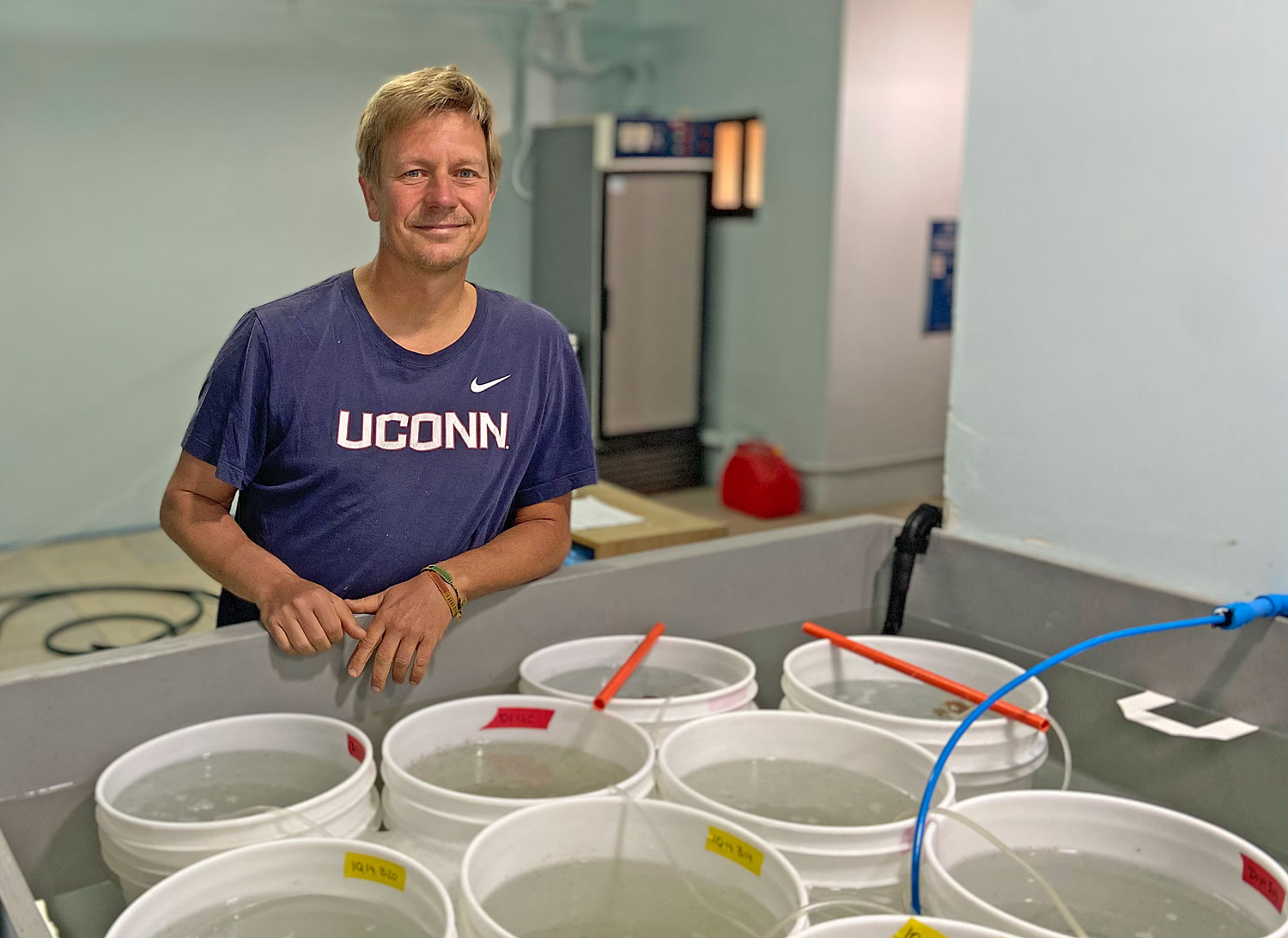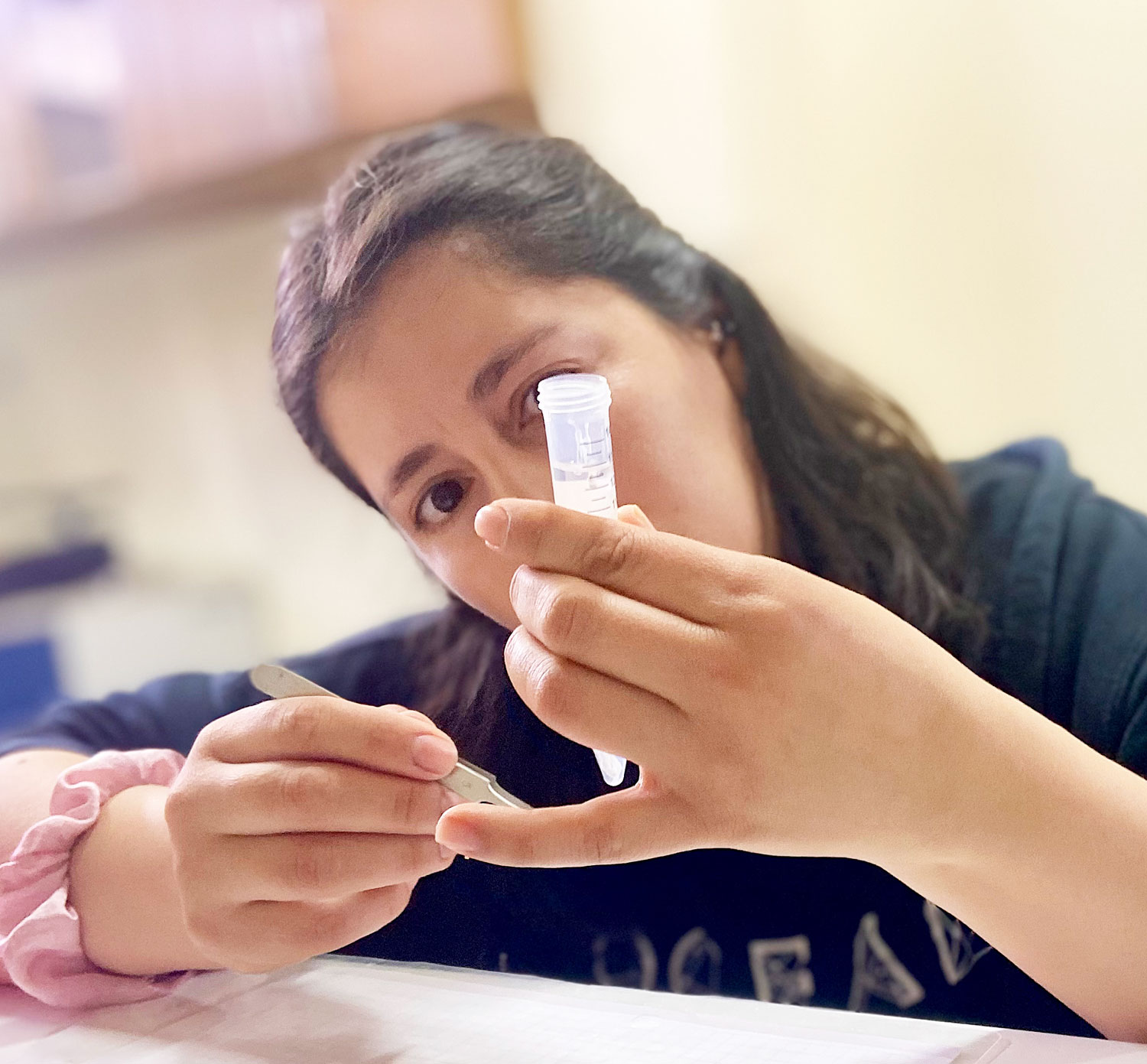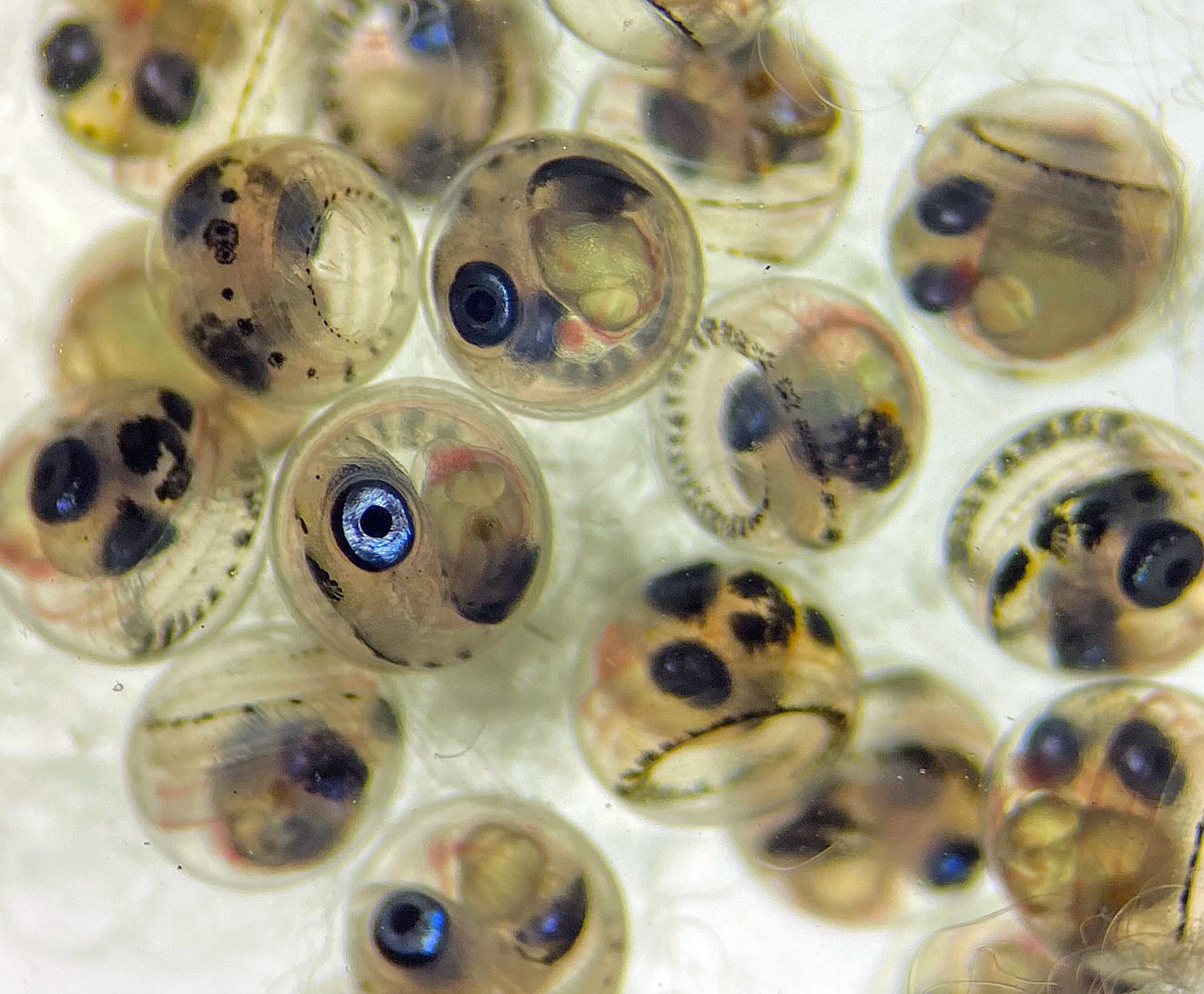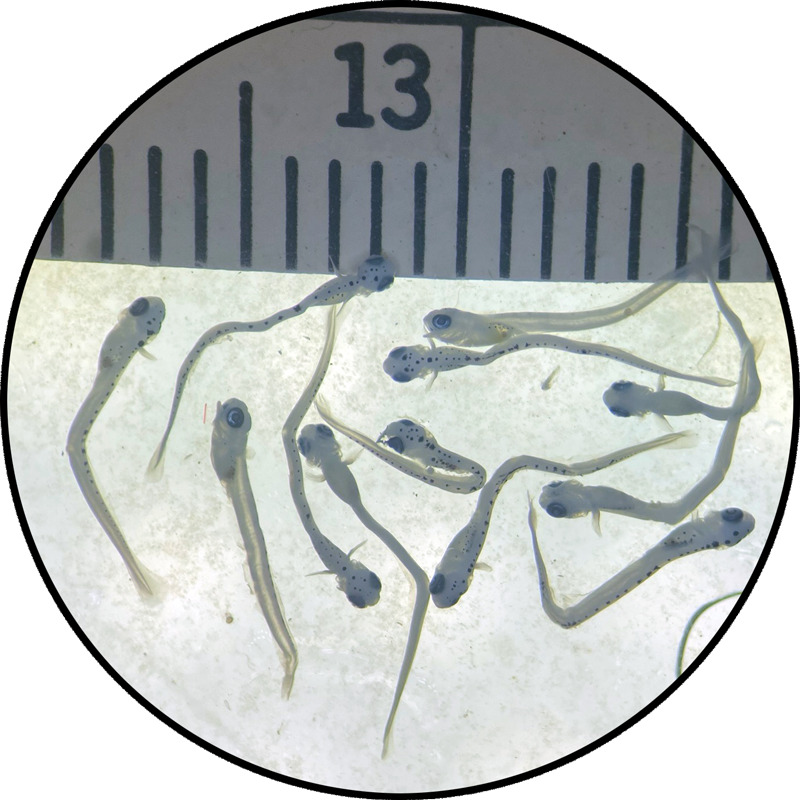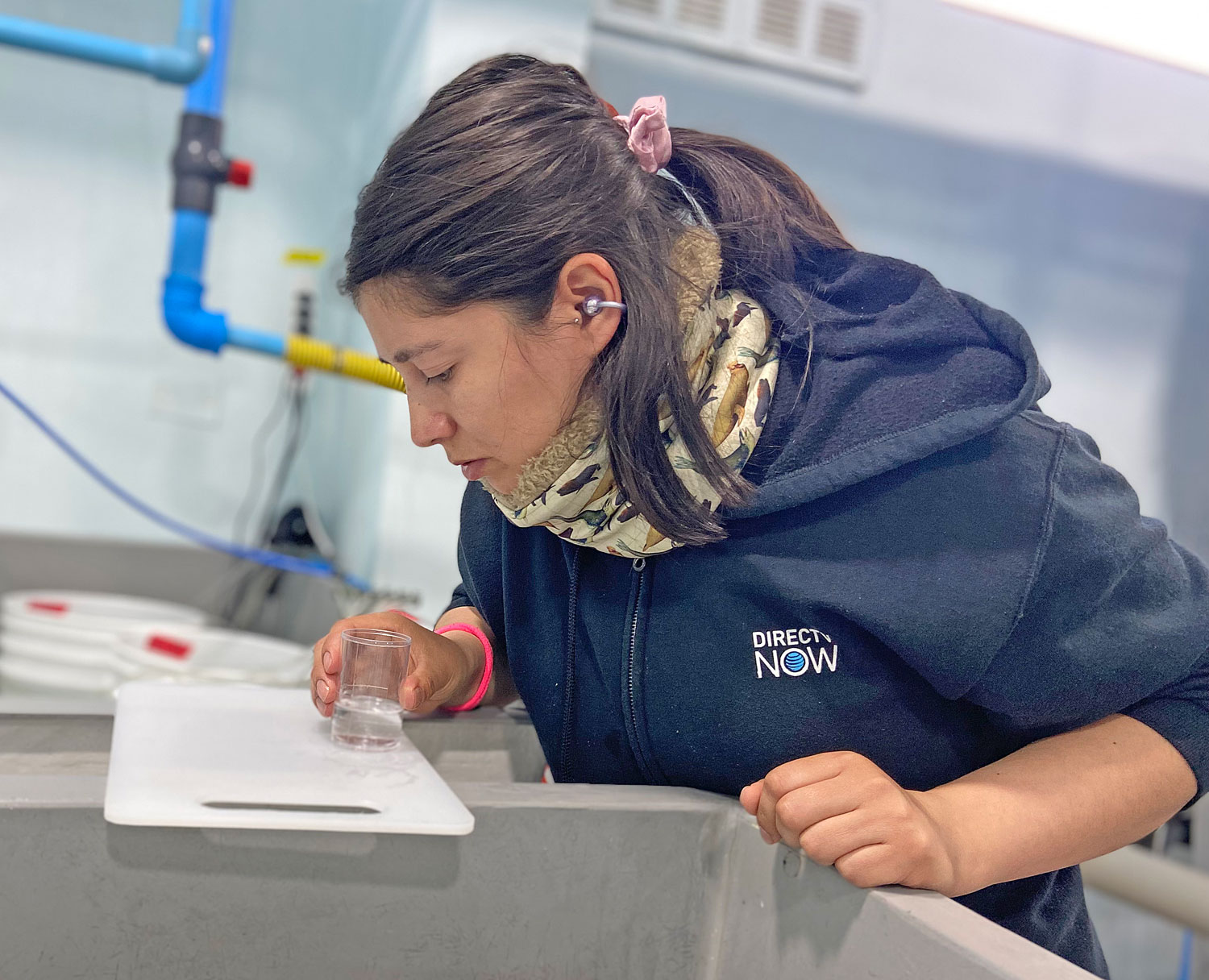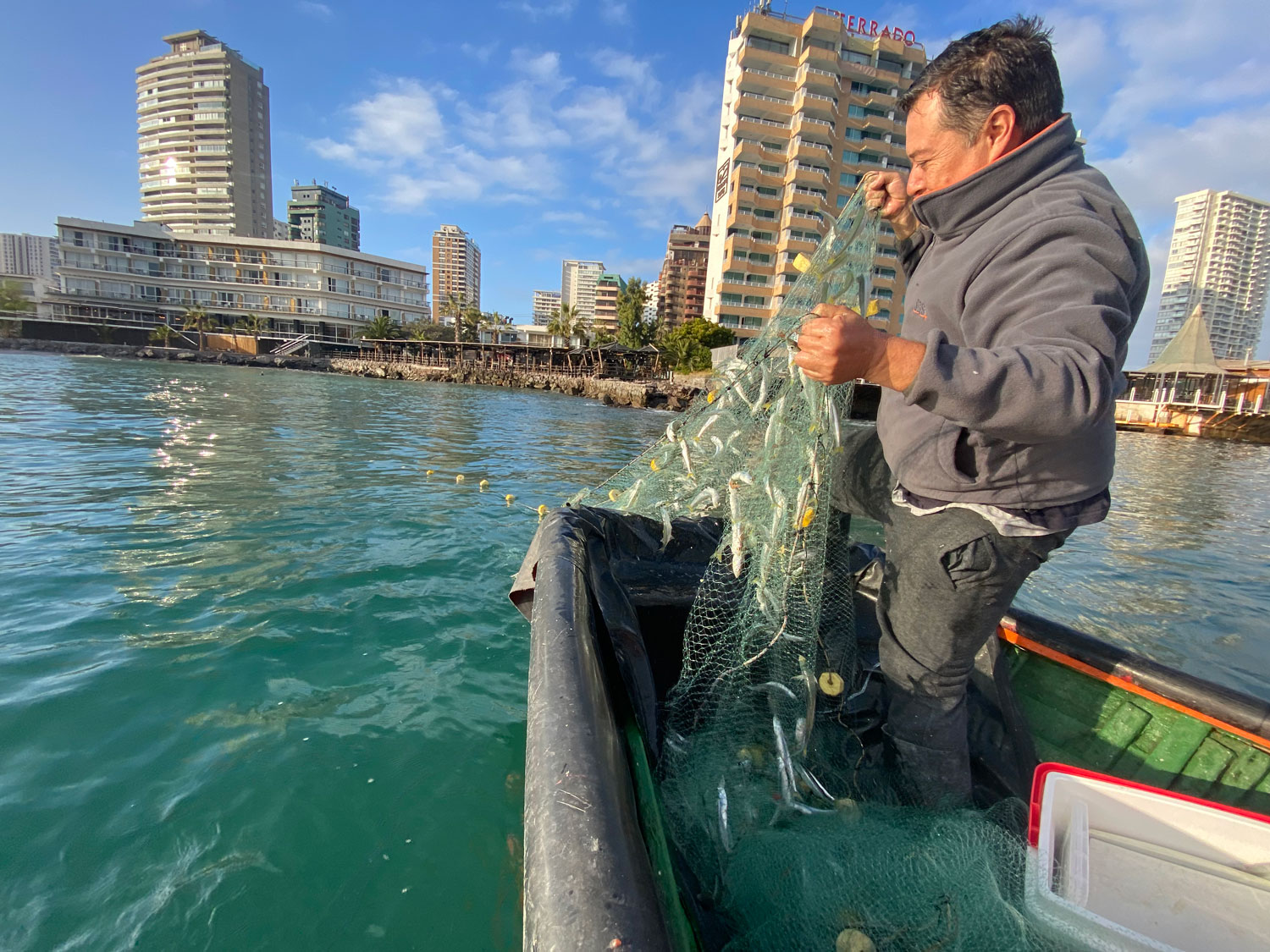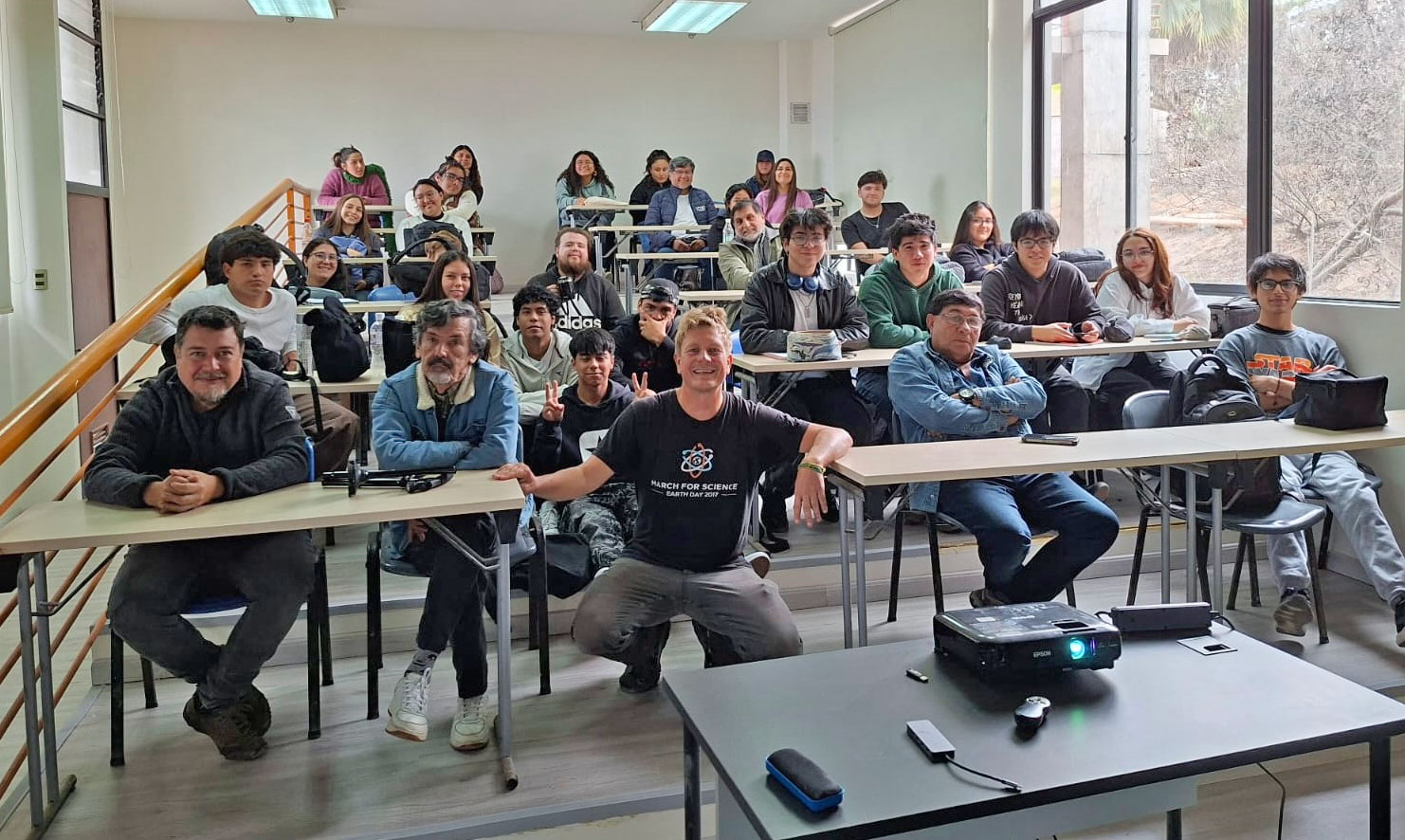10 November 2025. The spring is now in full swing here in Dichato, and the days are getting steadily hotter and drier. The past 6 weeks flew by in a whirlwind of action, and with all the last minute preparation plus the vagaries of coordinated field sampling and larval rearing it definitely is with a little pride that I look back at all that we have accomplished in this short time.
We stood up the experimental setup in just a matter of days, with new tanks and in a new (better) location inside the main wet lab of the Dichato station (aka 'El Acuario'). We flew to Iquique for the October full moon and were rewarded with spawning ripe fish; and with similar ease sampled the Dichato population just two days later. A trip to the notoriously difficult Coquimbo region unfortunately ended without fish, but the sampling of the southernmost population in Puerto Montt was again timed almost perfectly for the November full moon.
All the while the setup withstood the reality test, and I taught Tamara Cuevas, a technician from the station, the many aspects large and small of the rearing methods. Tamara will now take over the daily rearing for one month, before I will return in mid December to help terminate the experiment and then take home all samples. All the best, Tamara, for your time as the main experimenter!
We are halfway through the rearing, fingers crossed that the second half will go as smoothly!
